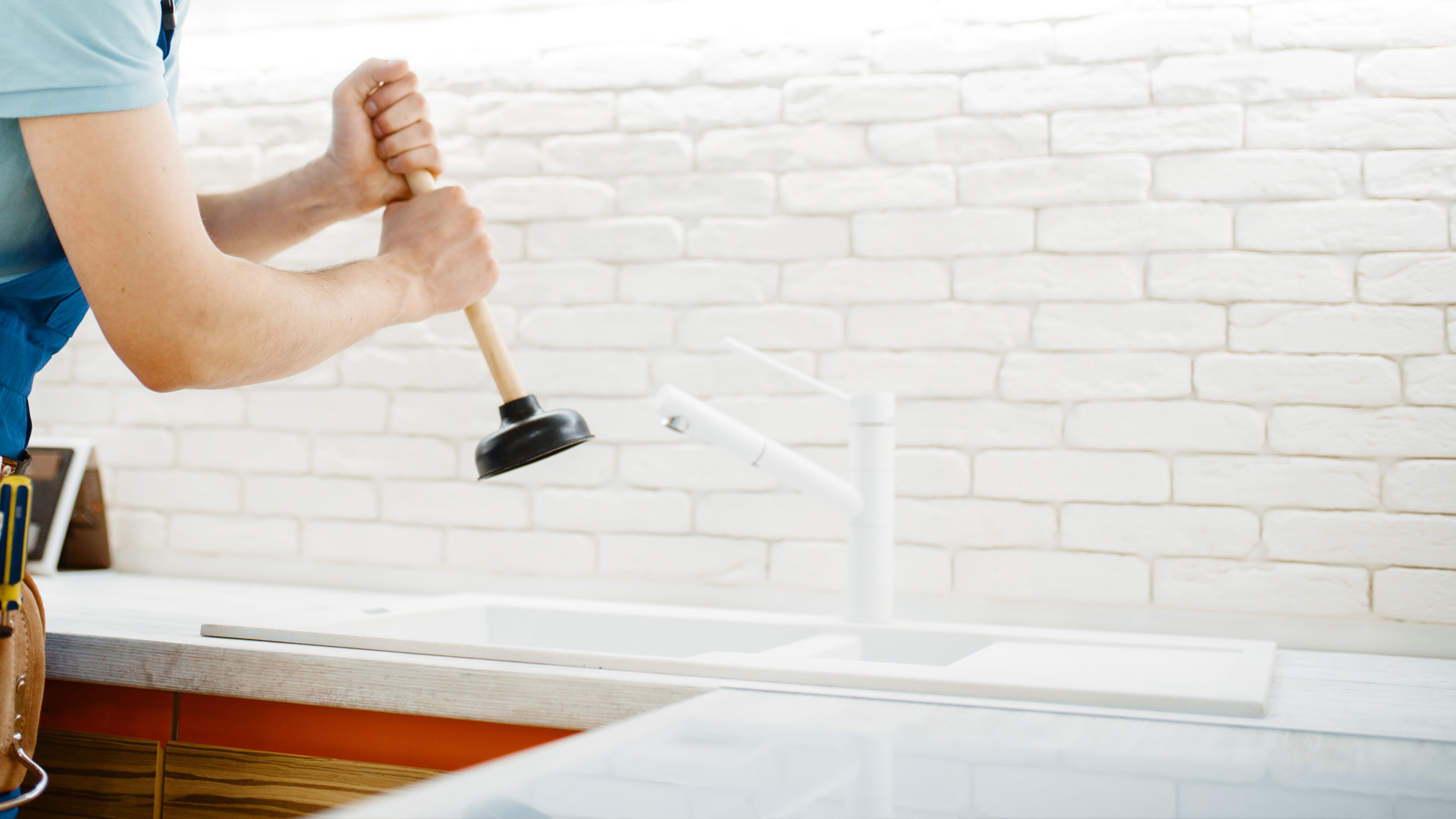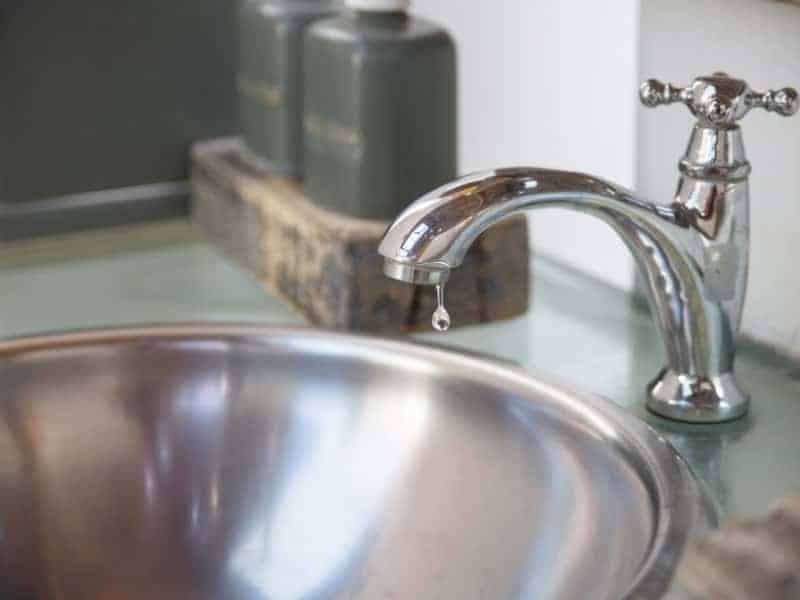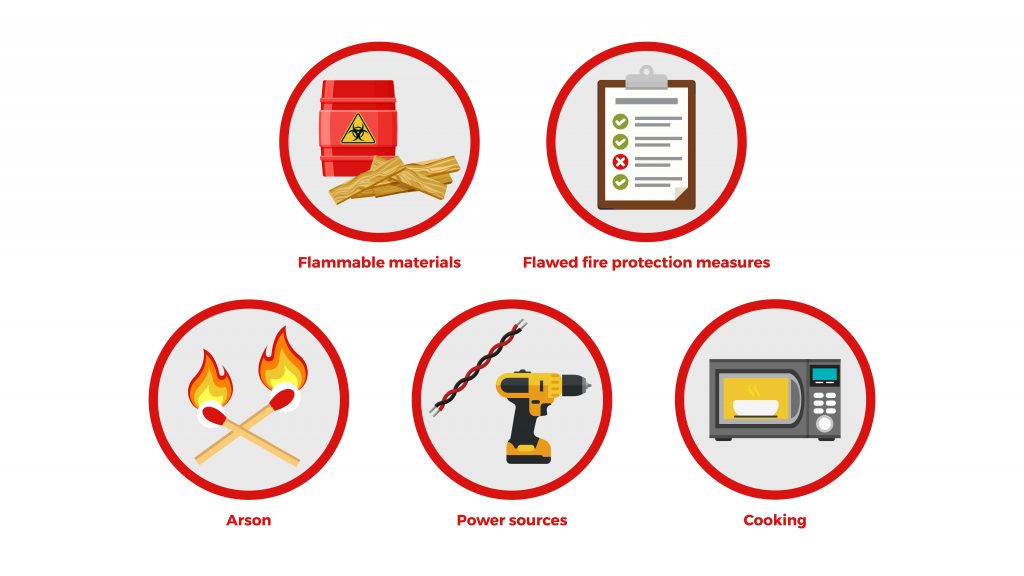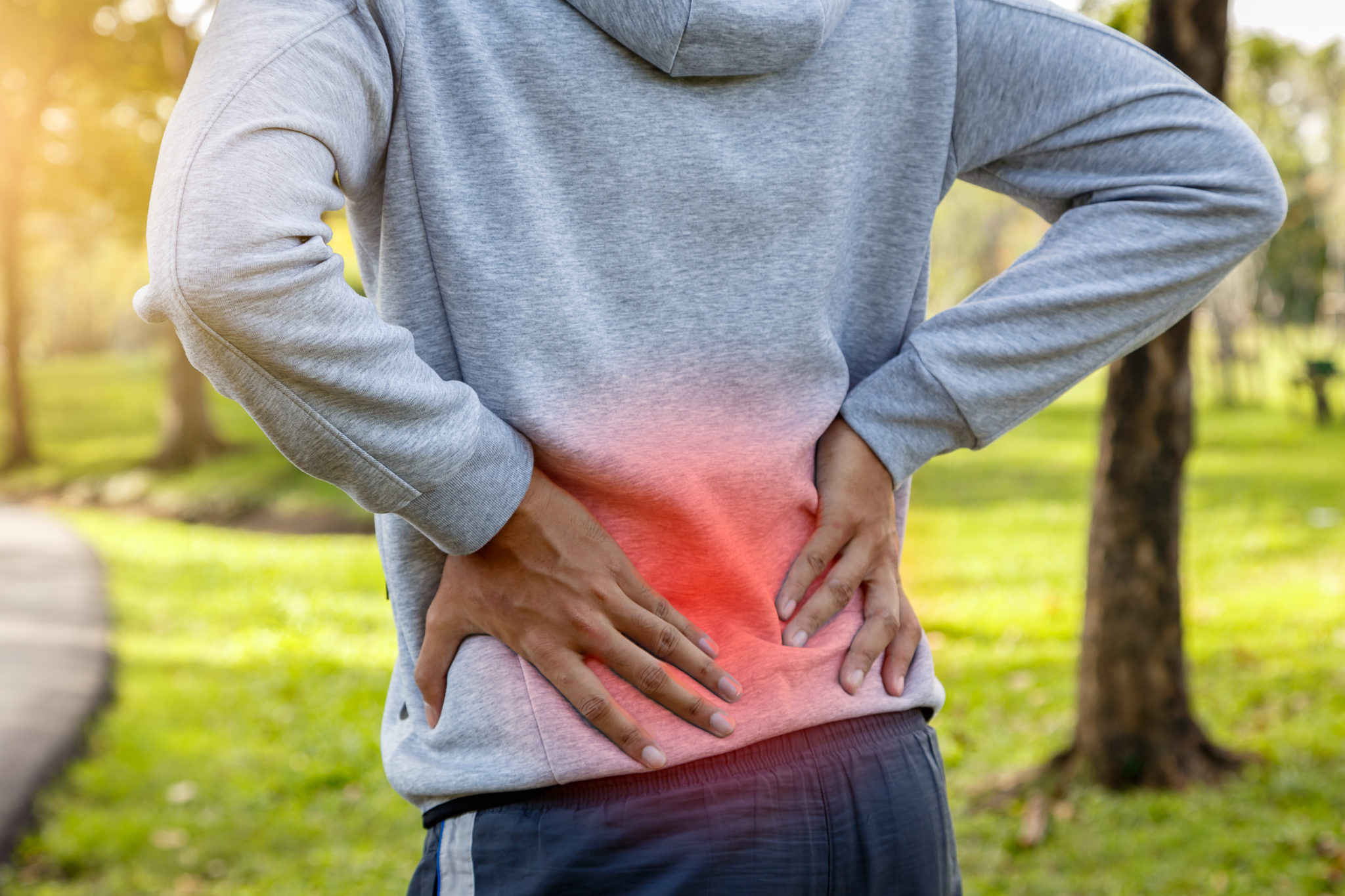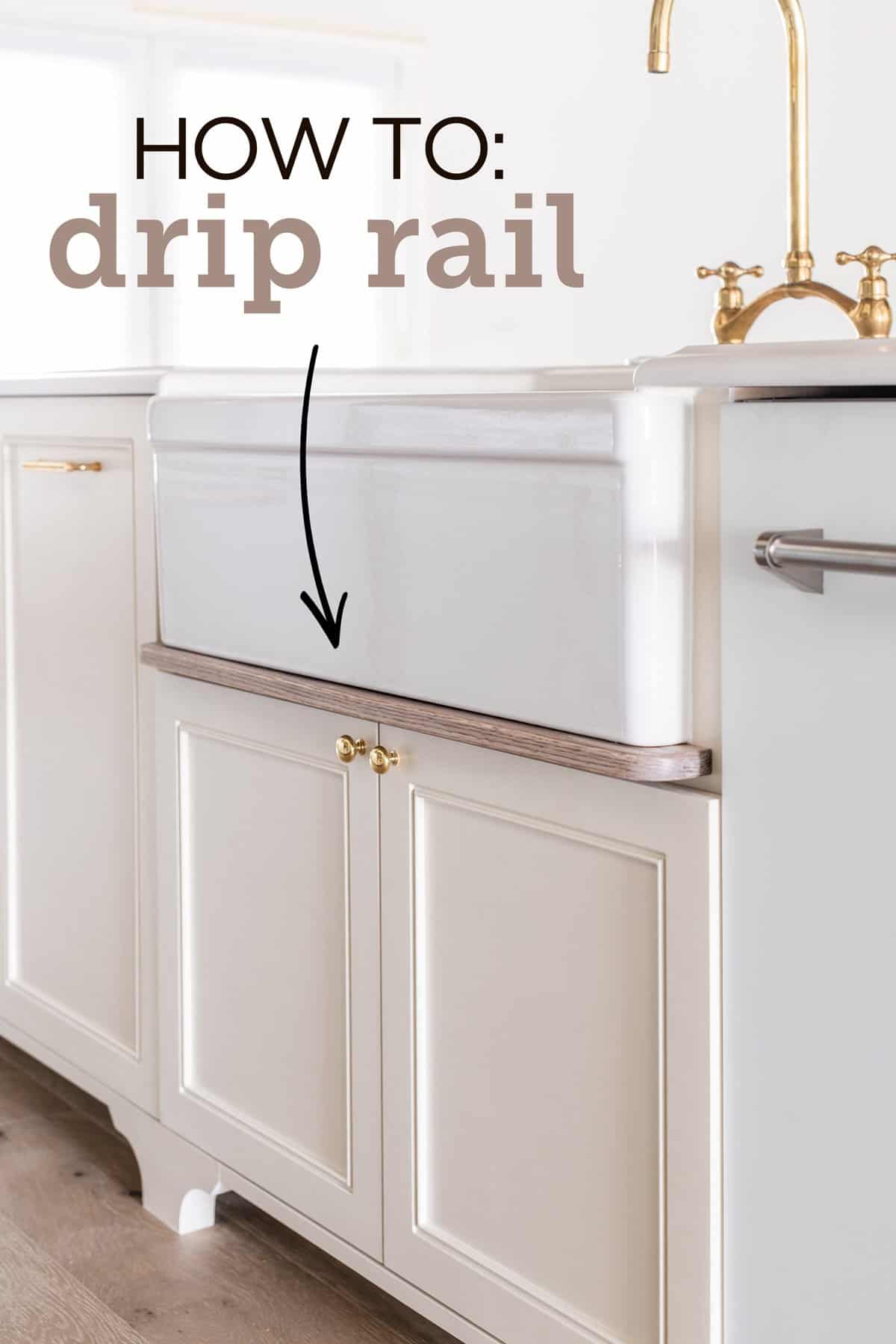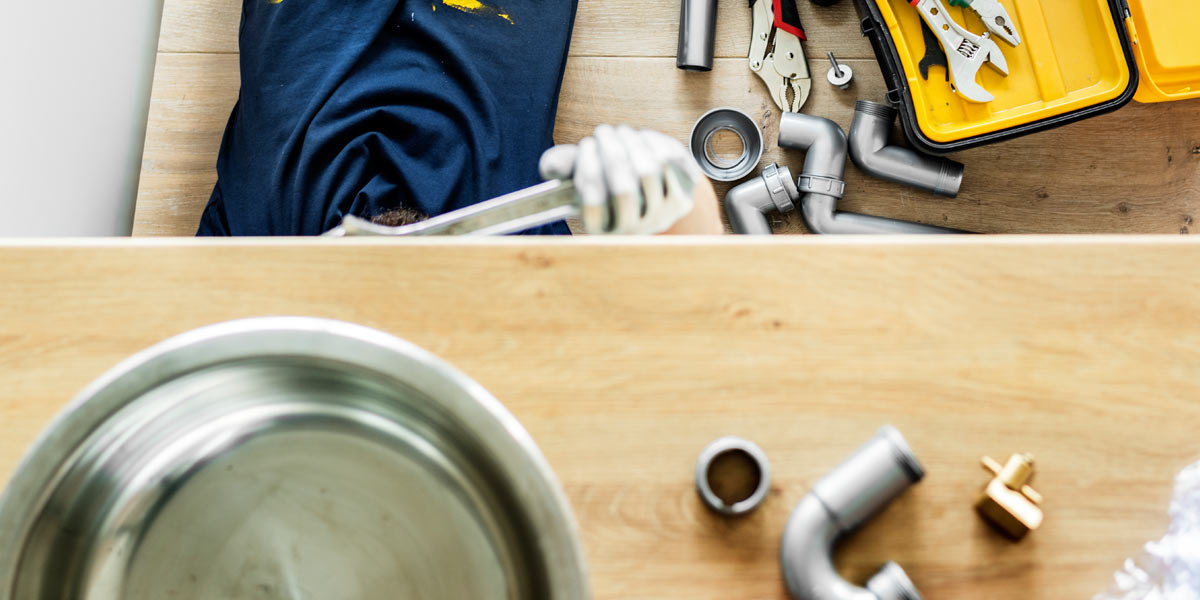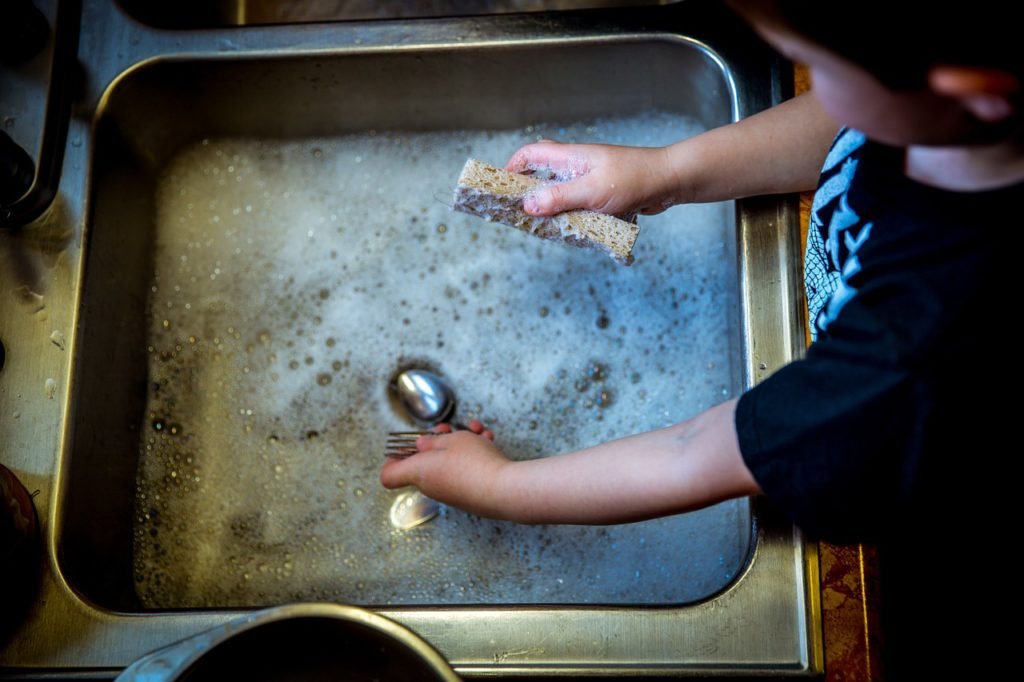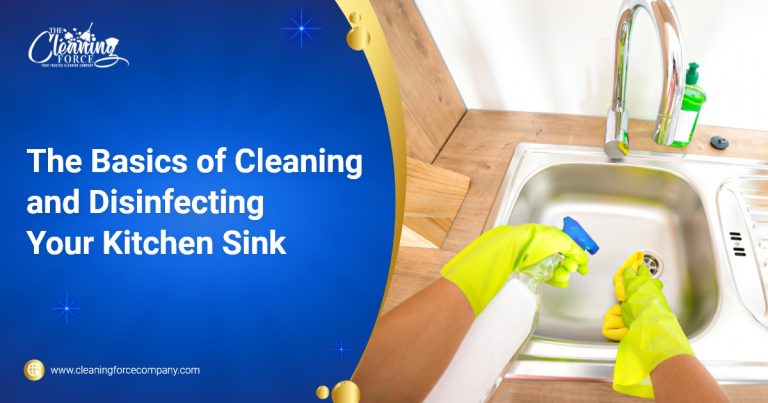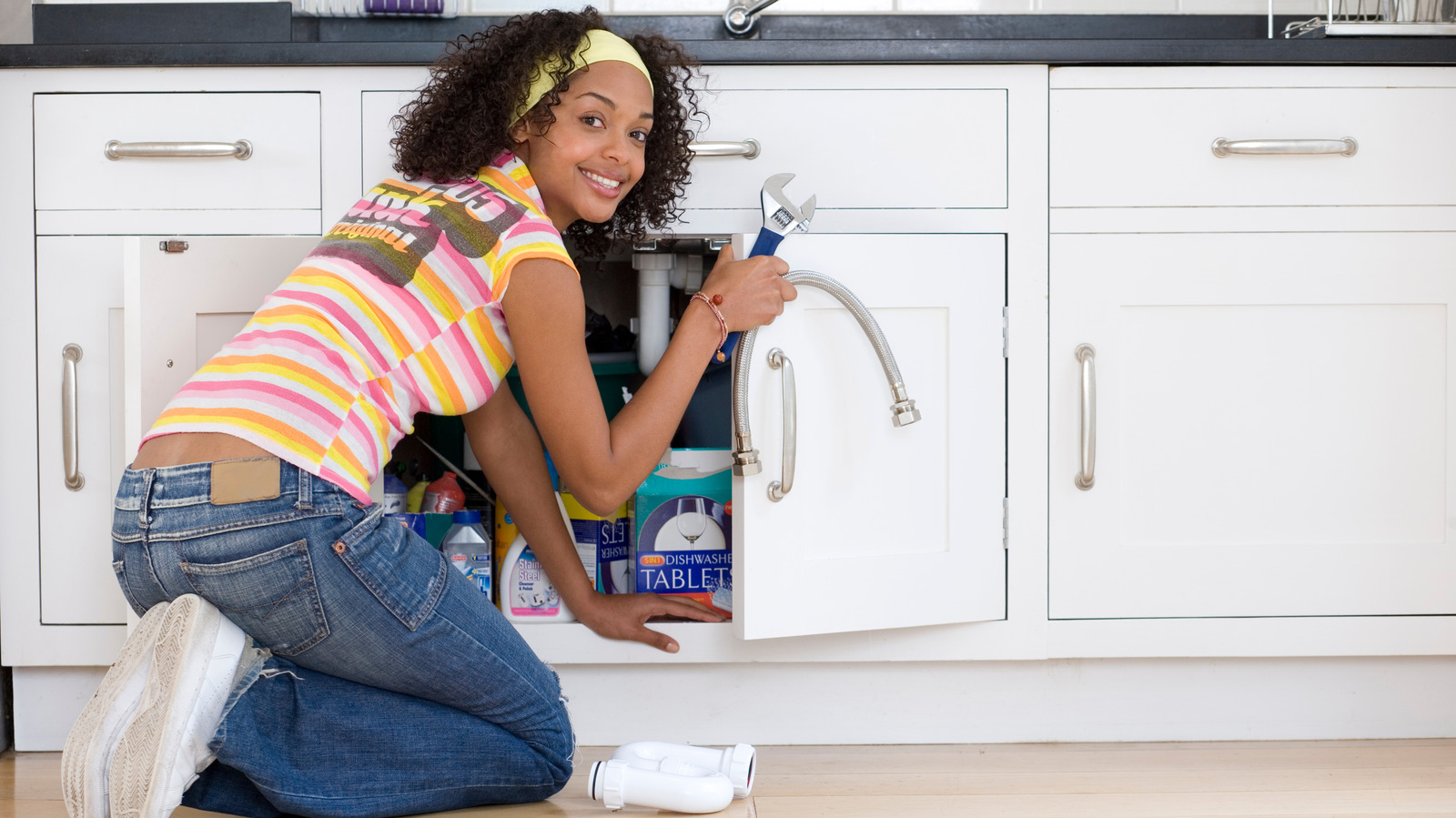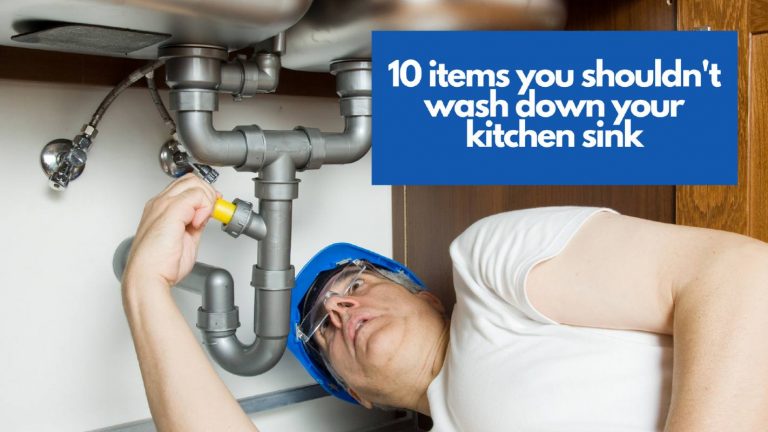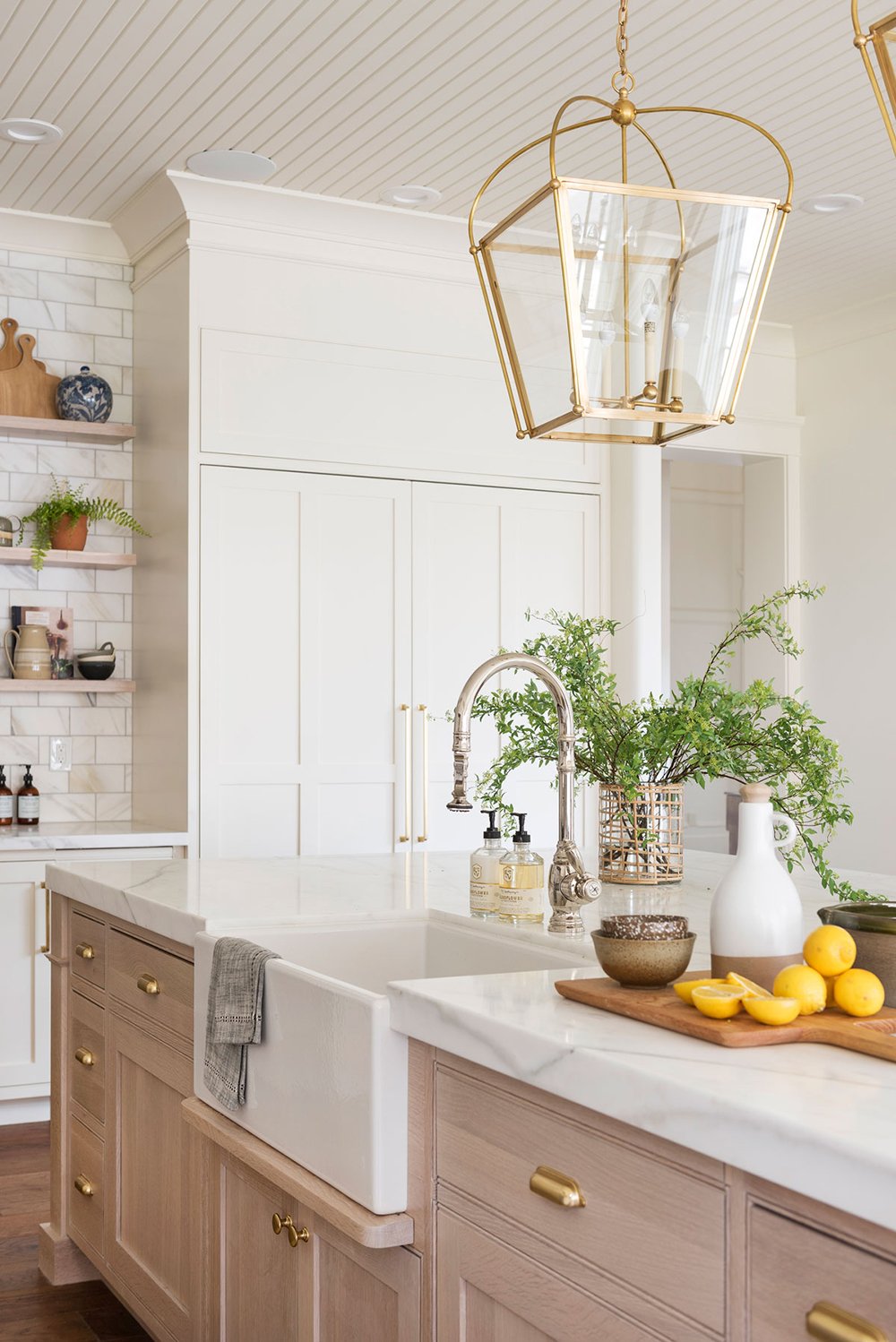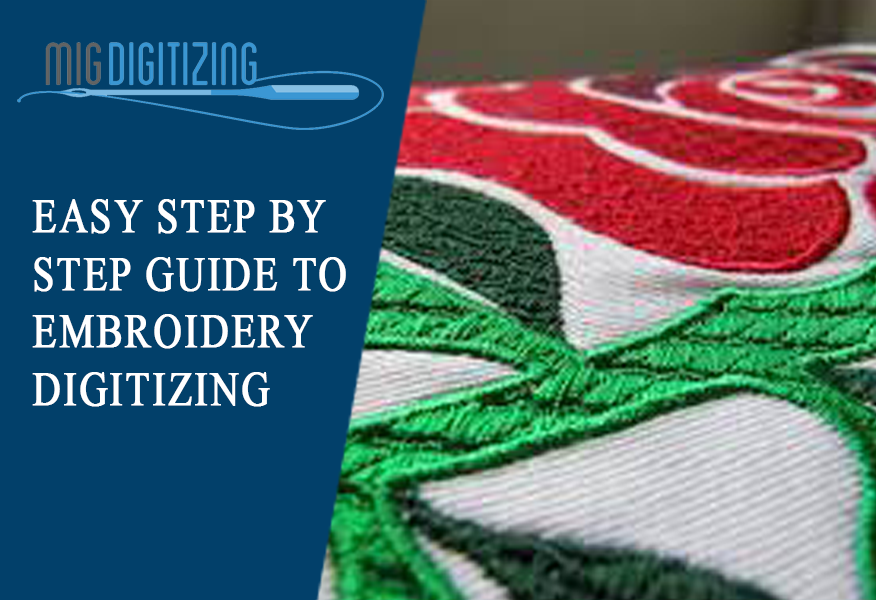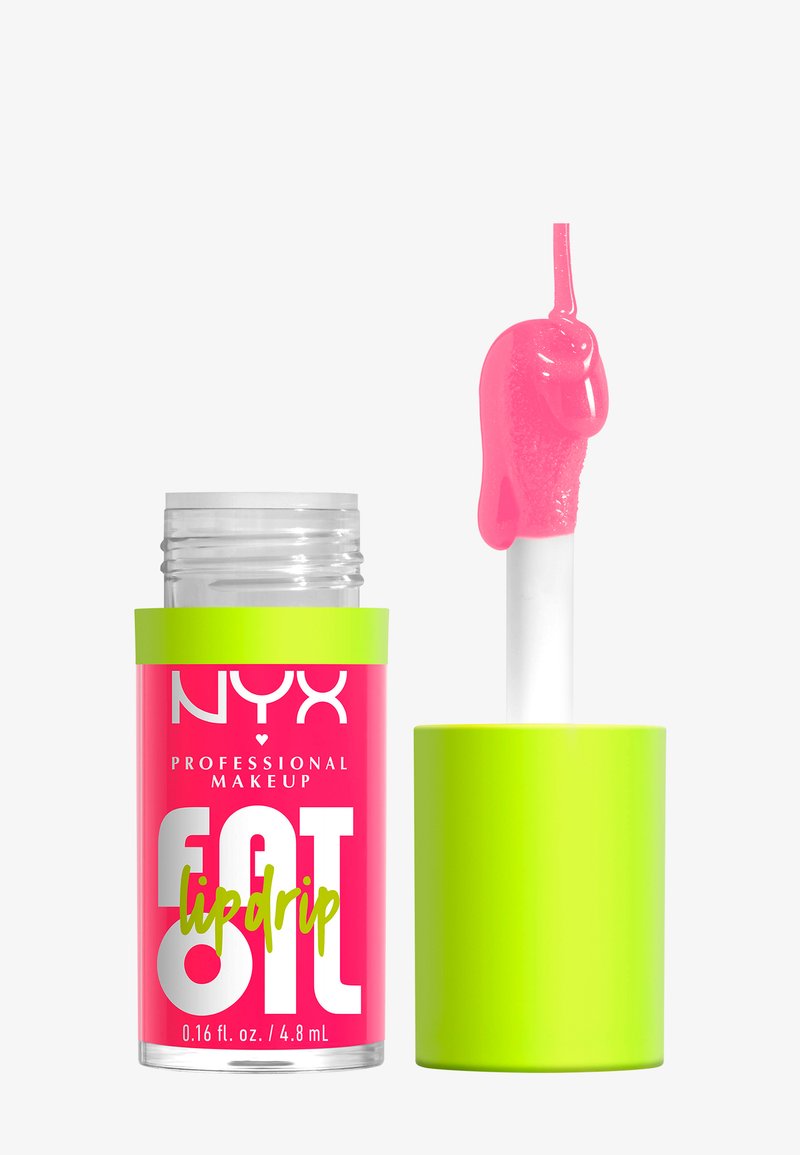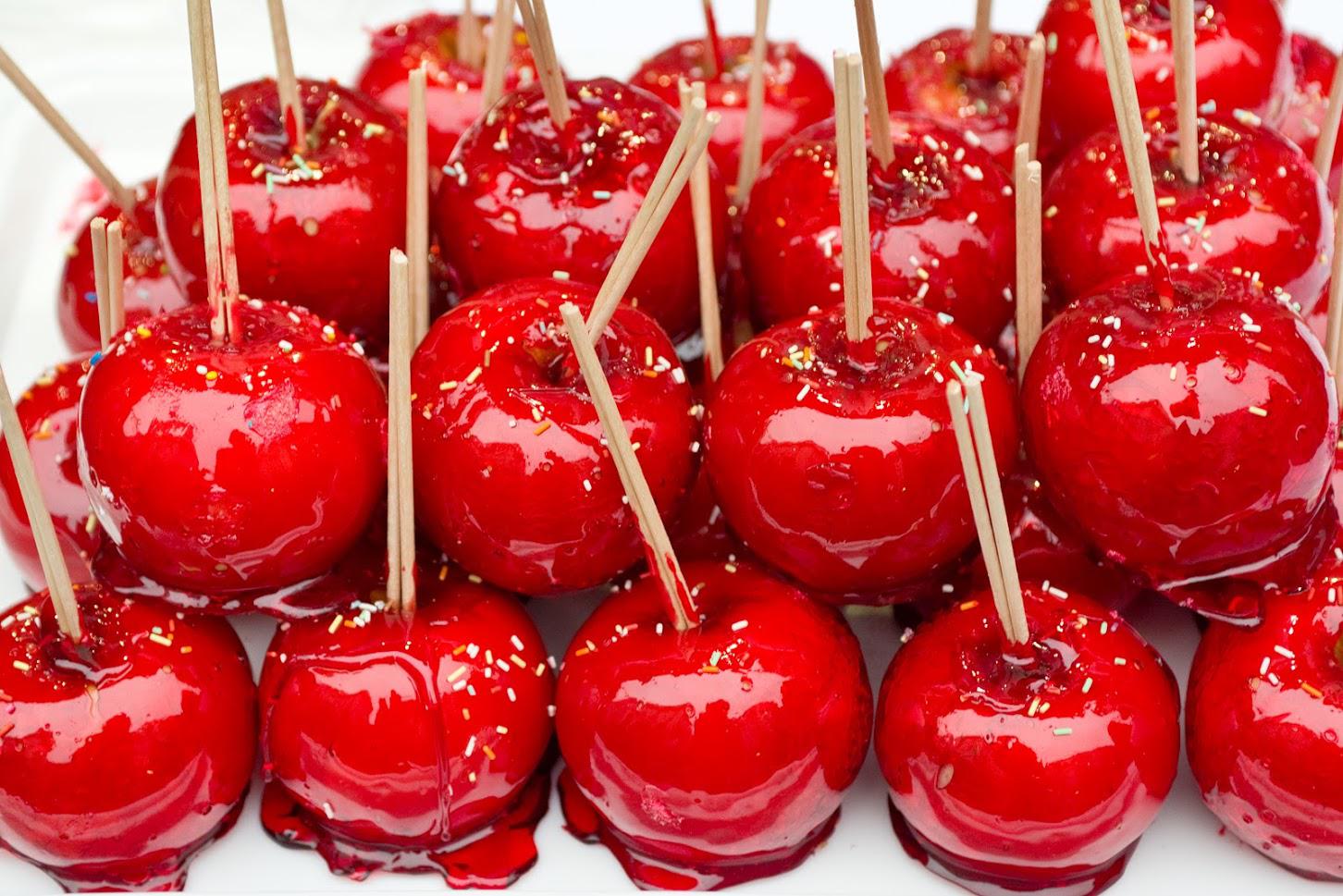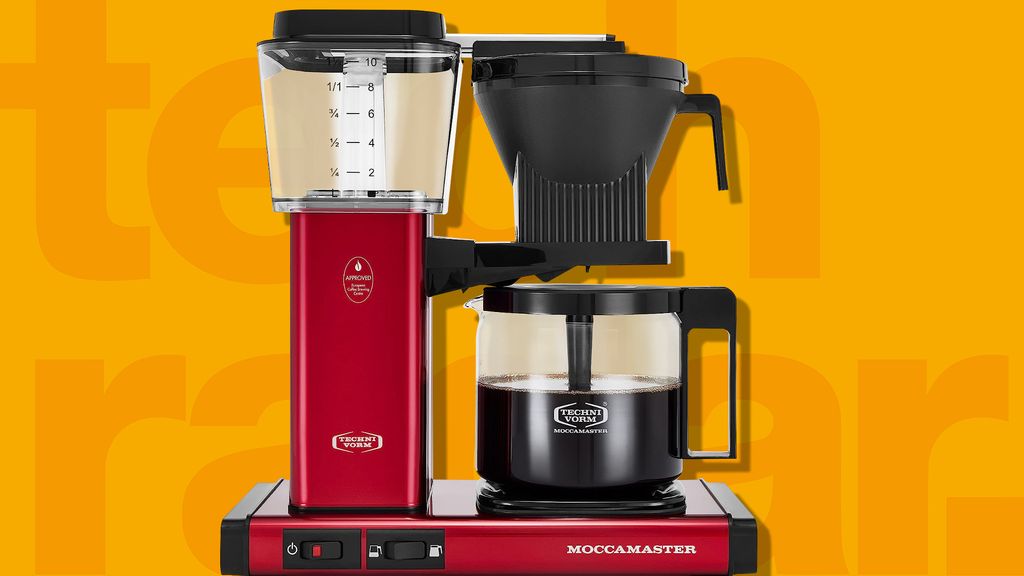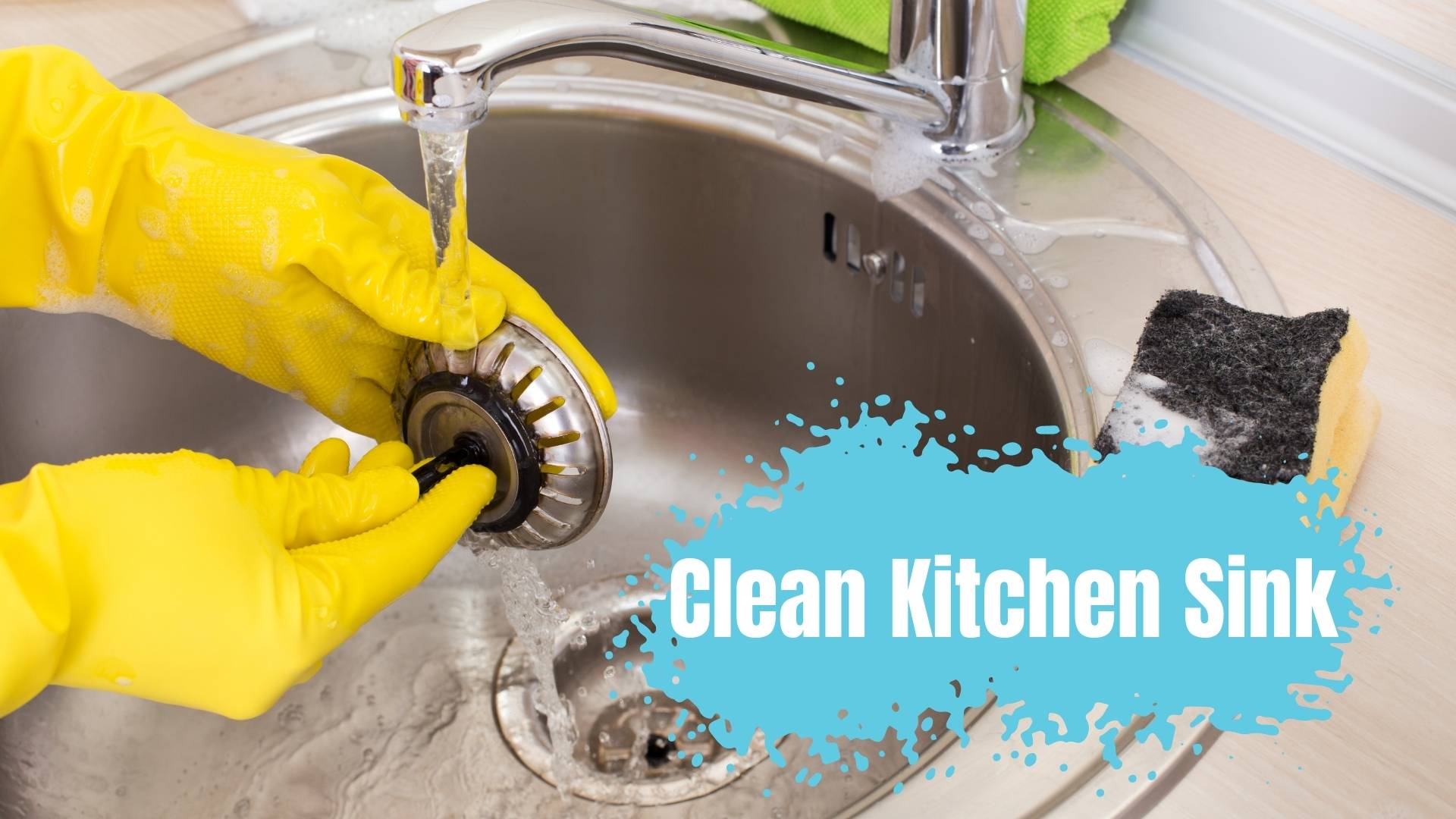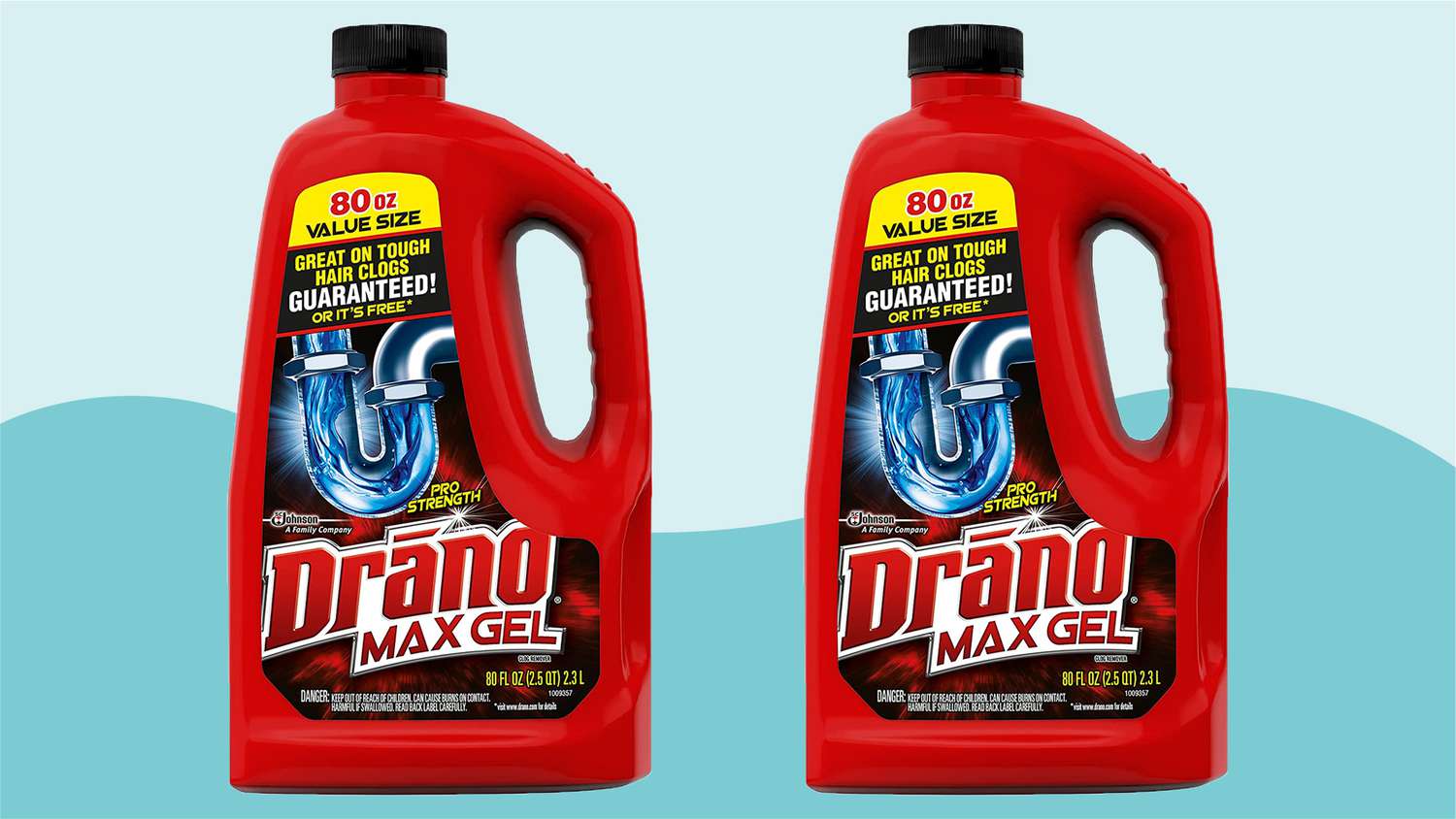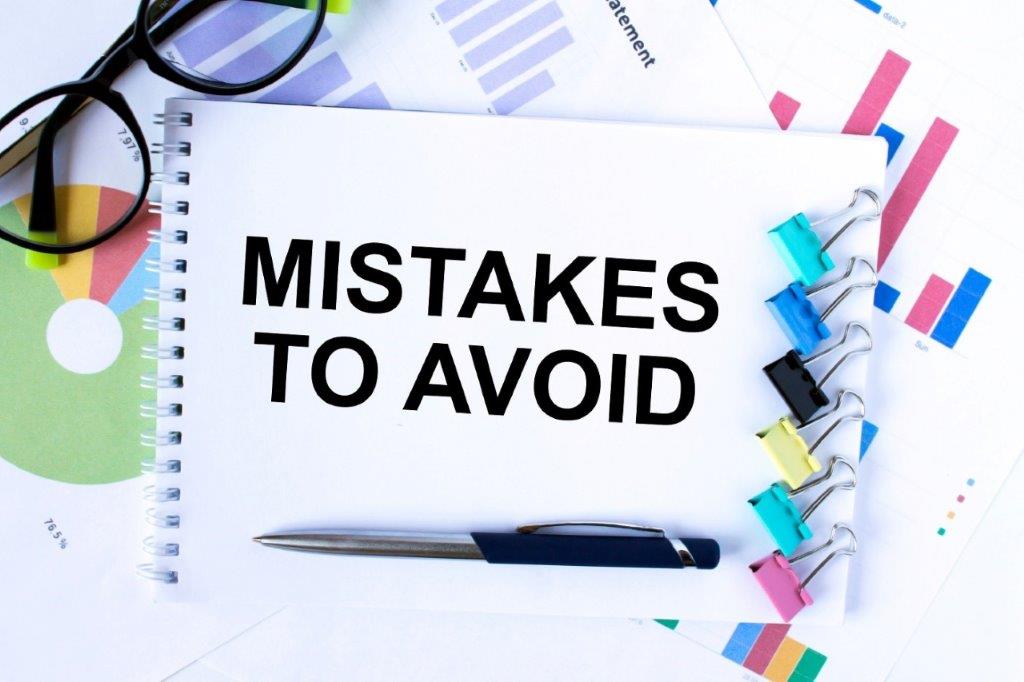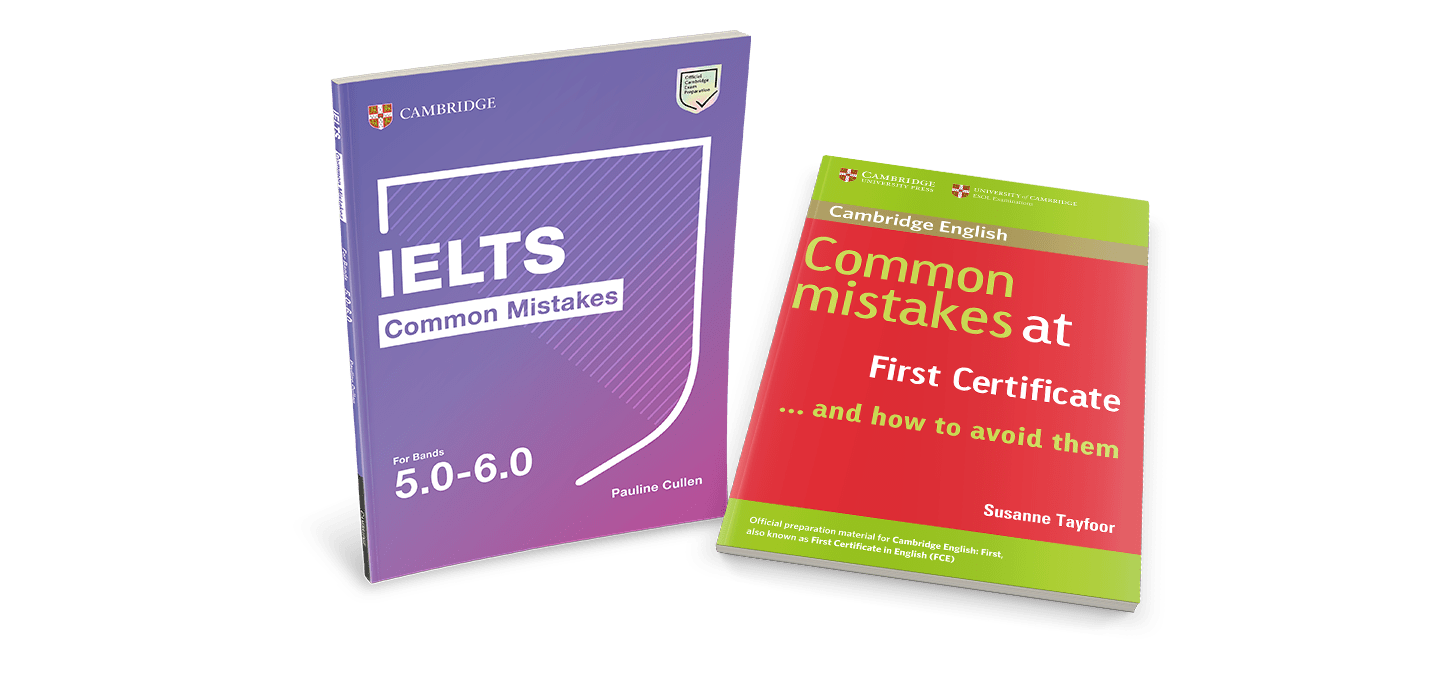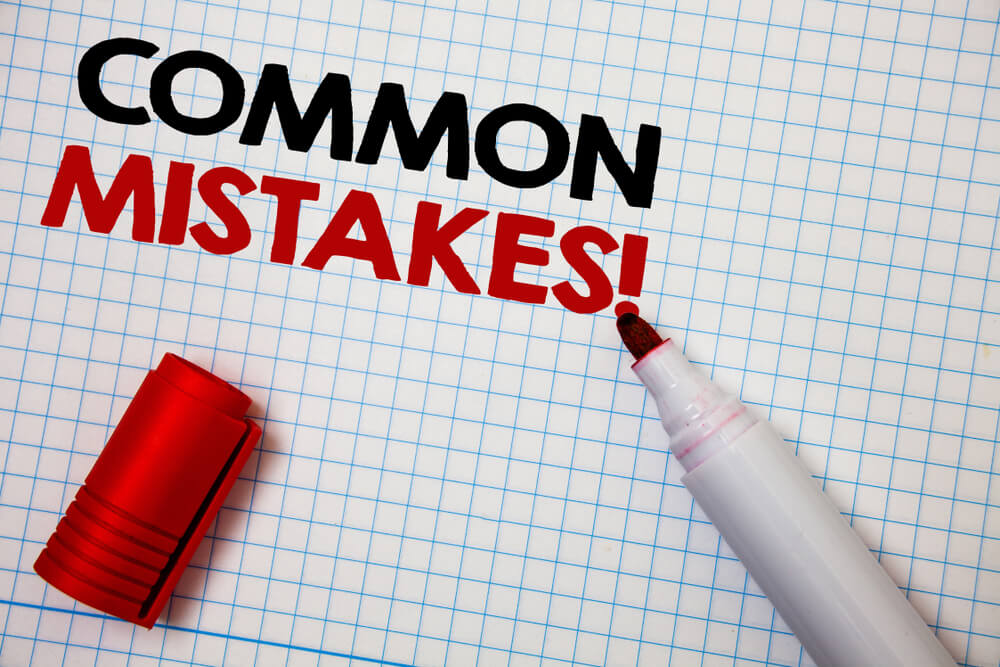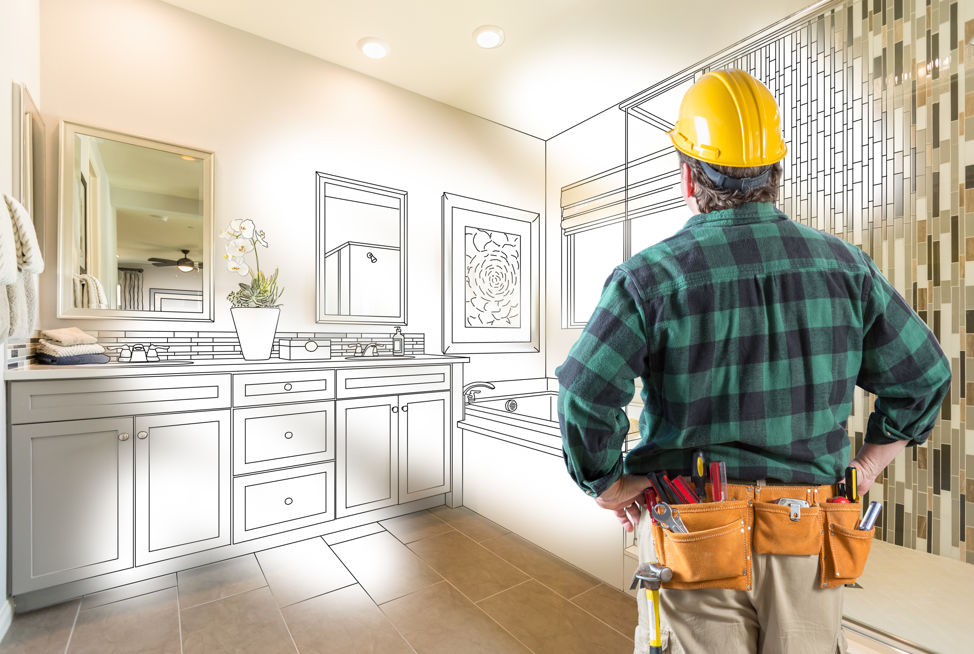How to Fix a Slow Drip in Your Kitchen Sink
Is the constant sound of a slow drip driving you crazy? Not only can it be annoying, but it can also waste a significant amount of water and lead to high utility bills. Don’t let a slow drip in your kitchen sink go unchecked – here’s how you can fix it.
5 Common Causes of a Slow Drip in Your Kitchen Sink
Before you can fix the problem, it’s important to understand what’s causing it. Here are five common reasons for a slow drip in your kitchen sink:
1. Worn out O-ring or washer: These small rubber pieces can wear out over time, causing leaks in your faucet.
2. Loose or damaged valve seat: The valve seat connects the faucet to the spout and can become loose or damaged, causing leaks.
3. Corroded valve stem: The valve stem controls the flow of water and can become corroded, leading to leaks.
4. Cracked or damaged faucet: If your faucet is cracked or damaged, it can cause water to leak out.
5. High water pressure: High water pressure can cause your faucet to leak or drip, as the water is forced out of the pipes.
DIY Solutions for a Slow Drip in Your Kitchen Sink
If you’re handy and have some basic tools, you may be able to fix the slow drip in your kitchen sink on your own. Here are some DIY solutions to try:
1. Replace the O-ring or washer: You can purchase replacement O-rings or washers from a hardware store and easily replace them yourself.
2. Tighten the valve seat: If the valve seat is loose, you can simply tighten it with an adjustable wrench.
3. Clean the valve stem: If the valve stem is corroded, you can clean it with a wire brush or sandpaper.
4. Repair or replace the faucet: If the faucet itself is damaged, you may need to repair or replace it. This can be a more complicated DIY task, so it’s important to research and follow instructions carefully.
5. Install a pressure regulator: If high water pressure is the issue, you can install a pressure regulator to reduce the pressure and prevent leaks.
How to Identify and Repair a Slow Drip in Your Kitchen Sink
If you’re not sure what’s causing the slow drip in your kitchen sink, here’s how you can identify and repair it:
1. Turn off the water supply: Before you start any repairs, make sure to turn off the water supply to your kitchen sink.
2. Remove the faucet handle: Use a screwdriver to remove the handle of your faucet and expose the inner workings.
3. Inspect the O-ring and washer: Check the O-ring and washer for wear and tear – if they look damaged, it’s likely the cause of the leak.
4. Check the valve seat and valve stem: Inspect the valve seat and valve stem for any damage or corrosion.
5. Replace or repair the damaged parts: If you’ve identified the source of the leak, you can replace or repair the damaged parts accordingly.
6. Reassemble and test: Put the faucet handle back on, turn on the water supply, and test to see if the leak has been fixed.
The Importance of Fixing a Slow Drip in Your Kitchen Sink
A slow drip may seem like a minor inconvenience, but it can actually have a significant impact. Here are a few reasons why it’s important to fix a slow drip in your kitchen sink:
1. Save money on utility bills: A slow drip can waste a surprising amount of water, leading to higher utility bills.
2. Prevent water damage: If left unchecked, a slow drip can lead to water damage in your kitchen, which can be costly to repair.
3. Promote water conservation: By fixing a slow drip, you’re also doing your part to conserve water and protect the environment.
Tools You’ll Need to Fix a Slow Drip in Your Kitchen Sink
Before you start any repairs, make sure you have the necessary tools on hand:
1. Adjustable wrench
2. Screwdriver
3. Wire brush or sandpaper
4. Replacement O-ring or washer
5. Pressure regulator (if needed)
Step-by-Step Guide to Fixing a Slow Drip in Your Kitchen Sink
If you’re ready to tackle the slow drip in your kitchen sink, here’s a step-by-step guide to follow:
1. Turn off the water supply. Make sure to turn off the water supply to your kitchen sink before starting any repairs.
2. Disassemble the faucet. Use a screwdriver to remove the handle of your faucet and expose the inner workings.
3. Inspect the parts. Check the O-ring, washer, valve seat, and valve stem for any damage or wear and tear.
4. Replace or repair damaged parts. If any parts are damaged, replace or repair them accordingly.
5. Reassemble and test. Once everything is fixed, put the faucet back together, turn on the water supply, and test to see if the leak has been fixed.
Preventing a Slow Drip in Your Kitchen Sink: Tips and Tricks
To avoid dealing with a slow drip in the future, here are some tips and tricks to keep in mind:
1. Regularly check and maintain your faucet. Inspect your faucet for any wear and tear and make repairs as needed. Also, make sure to clean and lubricate it regularly.
2. Don’t ignore warning signs. If you notice any small leaks or drips, address them before they become bigger issues.
3. Be gentle with your faucet. Avoid using excessive force when turning your faucet on and off, as this can cause damage over time.
When to Call a Professional for a Slow Drip in Your Kitchen Sink
While many slow drips can be fixed on your own, there are some situations where it’s best to call a professional plumber. Here are a few signs that you may need professional help:
1. You’re not confident in your DIY skills. If you’re not comfortable working with plumbing or have never done it before, it’s best to leave it to the professionals.
2. The problem is more complicated than you thought. If you’ve attempted DIY repairs and the problem persists, it’s time to call in the experts.
3. You don’t have the necessary tools or equipment. Some repairs may require specialized tools and equipment that you may not have on hand.
Common Mistakes to Avoid When Fixing a Slow Drip in Your Kitchen Sink
When attempting to fix a slow drip, there are a few mistakes you’ll want to avoid:
1. Not turning off the water supply. Failing to turn off the water supply can lead to a messy and potentially damaging situation.
2. Using the wrong tools or parts. Make sure you have the right tools and replacement parts before starting any repairs.
3. Ignoring warning signs. Small leaks and drips can become bigger issues if left unaddressed, so don’t ignore them.
Don’t let a slow drip in your kitchen sink go unchecked – use these tips and tricks to identify and repair the problem. Remember, if you’re not comfortable or confident in your DIY skills, it’s always best to call a professional plumber. Taking care of a slow drip now can save you money and prevent potential water damage in the future.
The Annoying Kitchen Sink Slow Drip: Causes and Solutions

Why Is My Kitchen Sink Dripping?
 If you're constantly hearing the sound of a slow drip coming from your kitchen sink, you're not alone. Many homeowners experience this annoying issue, and it can be caused by a variety of factors.
Kitchen sink slow drip
can be caused by a faulty or worn out faucet, loose or damaged pipes, or even mineral buildup inside the faucet. It may seem like a small issue, but if left unattended, it can lead to bigger and more expensive problems in the future. Not to mention, it can waste a significant amount of water and increase your water bill.
If you're constantly hearing the sound of a slow drip coming from your kitchen sink, you're not alone. Many homeowners experience this annoying issue, and it can be caused by a variety of factors.
Kitchen sink slow drip
can be caused by a faulty or worn out faucet, loose or damaged pipes, or even mineral buildup inside the faucet. It may seem like a small issue, but if left unattended, it can lead to bigger and more expensive problems in the future. Not to mention, it can waste a significant amount of water and increase your water bill.
How to Fix a Kitchen Sink Slow Drip
 The first step in fixing a kitchen sink slow drip is to identify the source of the problem. Start by checking the faucet and its components. If the faucet is old and worn out, it may need to be replaced. If the faucet is relatively new, check for any loose or damaged parts that may need to be tightened or replaced.
Mineral buildup
is another common cause of a kitchen sink slow drip. Over time, minerals from hard water can build up inside the faucet, causing it to leak. To fix this issue, you can try cleaning the faucet with a mixture of water and vinegar. If the buildup is severe, you may need to replace the faucet altogether.
If the issue persists after checking the faucet, the problem may lie within the pipes. Loose or damaged pipes can cause leaks, and in this case, it's best to call a professional plumber to fix the issue.
The first step in fixing a kitchen sink slow drip is to identify the source of the problem. Start by checking the faucet and its components. If the faucet is old and worn out, it may need to be replaced. If the faucet is relatively new, check for any loose or damaged parts that may need to be tightened or replaced.
Mineral buildup
is another common cause of a kitchen sink slow drip. Over time, minerals from hard water can build up inside the faucet, causing it to leak. To fix this issue, you can try cleaning the faucet with a mixture of water and vinegar. If the buildup is severe, you may need to replace the faucet altogether.
If the issue persists after checking the faucet, the problem may lie within the pipes. Loose or damaged pipes can cause leaks, and in this case, it's best to call a professional plumber to fix the issue.
Preventing Future Kitchen Sink Slow Drips
 To prevent a kitchen sink slow drip from happening in the future, it's important to take proper care of your faucet and pipes. Regularly clean your faucet to prevent mineral buildup, and make sure to fix any leaks or damaged parts as soon as you notice them.
Additionally, having a professional plumber inspect your plumbing system regularly can help catch and fix any potential issues before they become bigger problems.
In conclusion, a
kitchen sink slow drip
may seem like a minor inconvenience, but it can have significant consequences if left unattended. By understanding the causes and taking preventive measures, you can ensure a drip-free kitchen sink and save yourself time, money, and water in the long run.
To prevent a kitchen sink slow drip from happening in the future, it's important to take proper care of your faucet and pipes. Regularly clean your faucet to prevent mineral buildup, and make sure to fix any leaks or damaged parts as soon as you notice them.
Additionally, having a professional plumber inspect your plumbing system regularly can help catch and fix any potential issues before they become bigger problems.
In conclusion, a
kitchen sink slow drip
may seem like a minor inconvenience, but it can have significant consequences if left unattended. By understanding the causes and taking preventive measures, you can ensure a drip-free kitchen sink and save yourself time, money, and water in the long run.





